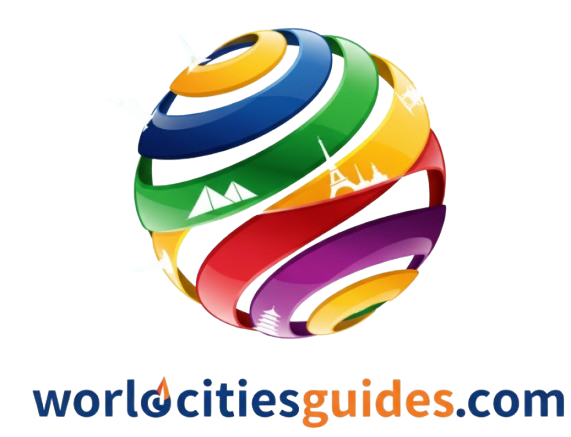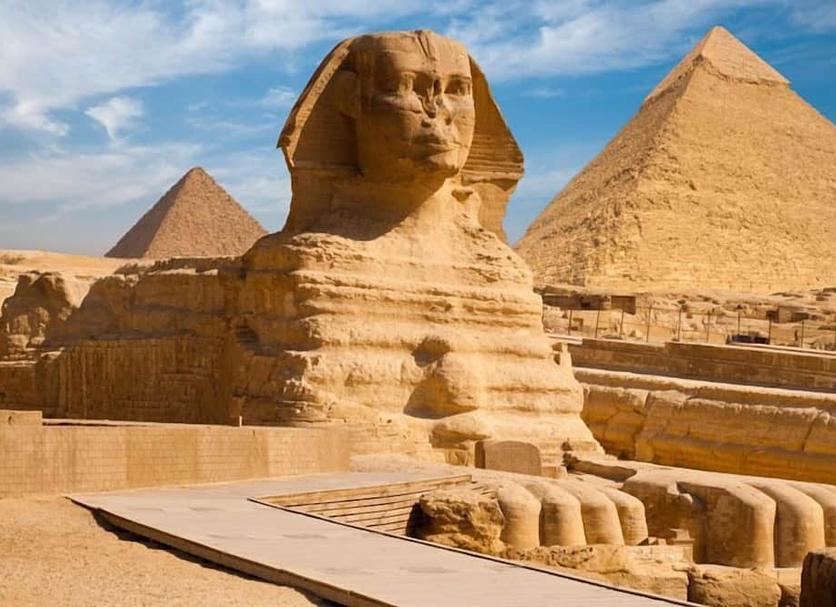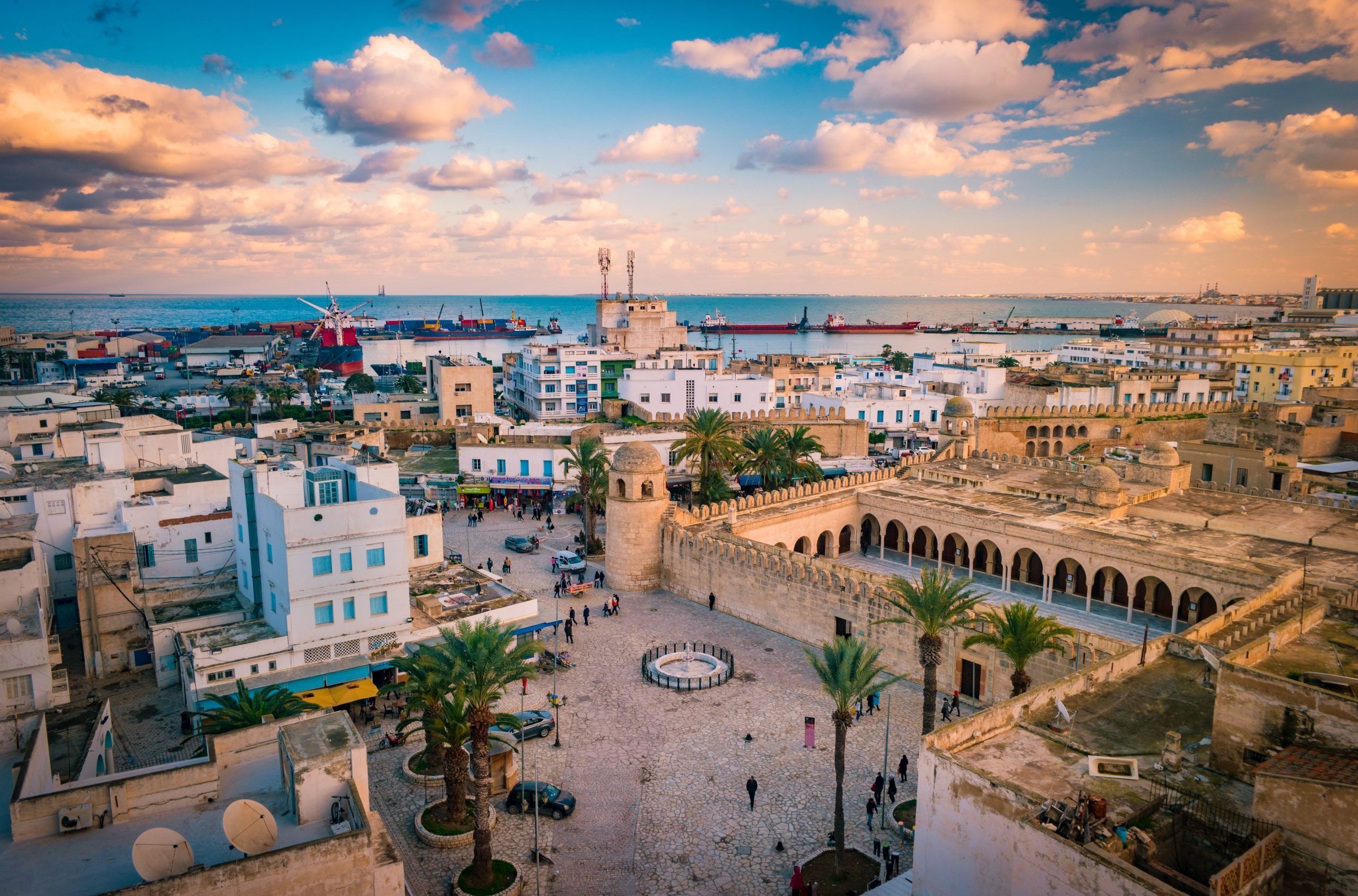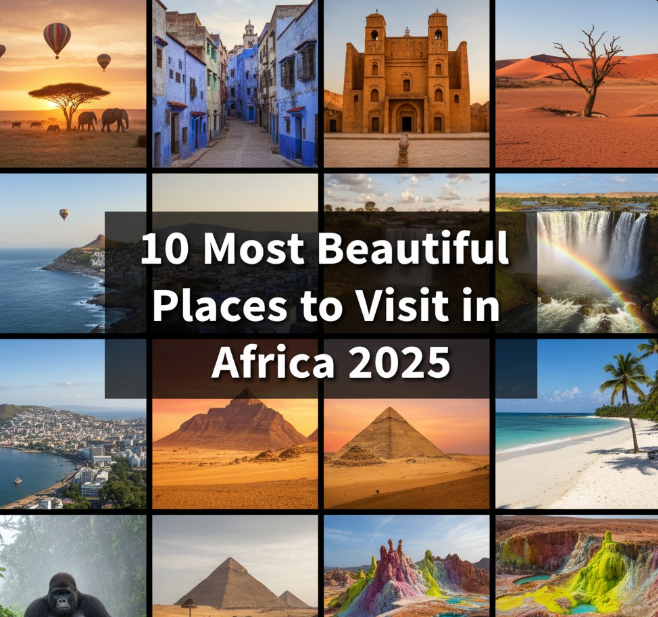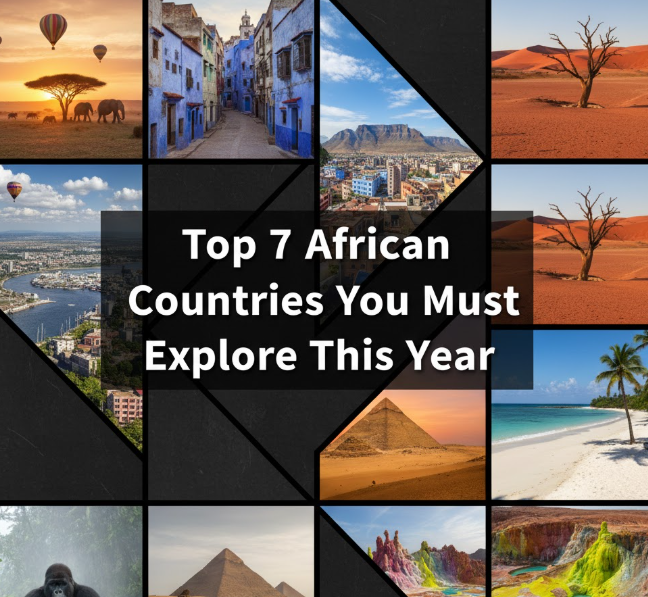Cairo is not just a metropolis — it’s an experience. A tornado of color, sound, history and humanity. Built along the Nile and stretching out into the desert, the Egyptian capital is one of the world’s oldest, richest and most gripping cities. Here the premodern and postmodern don’t merely coexist — they dance together.
You’ll see it all in Cairo: pyramids that have loomed for thousands of years; mosques topped by intricate minarets; traffic that appears to flow by magic and markets busier than ever. It’s overwhelming, yes—but unforgettable.
HISTORY ETCHED IN EVERY STONE
Cairo is a city of layers. Despite the nearby pyramids at Giza being more than 4,000 years old, Cairo itself was founded as a city in 969 A.D. by the Fatimid dynasty. But humans had inhabited the area for many millennia before then. The modern city, whose official name is al-Qāhirah (“The Victorious”), exists alongside the ruins of ancient Egyptian cities such as Memphis, Heliopolis and Fustat that were capital cities thousands of years ago to pharaohs, Christian rulers and Muslim dynasties.
Over the centuries, Cairo grew under consecutive rulers — Fatimids, Ayyubids, Mamluks, Ottomans and eventually the British. Each had their impact, forming a city full of architectural, artistic and religious treasures. It was once revered as one of the greatest centers of learning in the Islamic world.
Today Cairo is not just Egypt’s political and cultural capital, but a living archive of civilizations past, now consigned to the archeological record with old bones yet walking among us.
POPULATION AND PEOPLE
Cairo is huge — in size as well as the number of people living there. More than 10 million people live in the city proper, and when you add Greater Cairo — the metropolis sprawls into neighboring governorates, too — that figure spikes to about 22 million nearly a quarter of the country’s population. It is among the largest urban areas in Africa and the Middle East.
Cairenes (the about 20 million people that inhabit the city) are made up of a mix of everyone – business men, street vendors, scholars, artists and students. The city brims with life around every corner: children playing in alleyways, friends drinking tea on sidewalks and vendors shouting about their latest deals. Here, life is full, loud and passionate.
LANGUAGE, CURRENCY AND ELECTRICITY
Arabic is the official language of Cairo, and more specifically Egyptian Arabic—a vibrant type of the above. Although English is taught in schools and used in tourism everywhere, on signs and for business, you will be loved for learning some Arabic phrases.
The currency is Egyptian pound (EGP). There are different denominations of banknotes and many hotels and restaurants accept cards, but cash is king in many parts, particularly for street food, taxis and small shops.
The power in Cairo is 220 volts, with a frequency of 50 hertz and the plugs are typically type C or F, which are two round pin plugs as found throughout much of Europe. Travelers from countries with different systems should pack adapters and confirm whether their devices are dual-voltage.
WEATHER: A TALE OF SUN AND SAND
Cairo’s climate is defined by the desert. It’s hot, dry, and sunny for most of the year. Rain is rare, and snow is practically unheard of.
Summers (June to August) are hot with temperatures reaching over 38°C (100°F). The dry heat can feel oppressive — especially when it seems like everyone in the packed streets and lanes are vying for position.
WINTER (December–February) Winters are much more moderate, around 10-20°C. (50-68°F). It’s the best time to go, particularly for outdoor sightseeing.
The spring and fall are mild, although sandstorms (locally called “khamsin”) can occur from time to time when hot winds laden with dust blow in from the desert.
The good news? Sunshine is almost guaranteed.
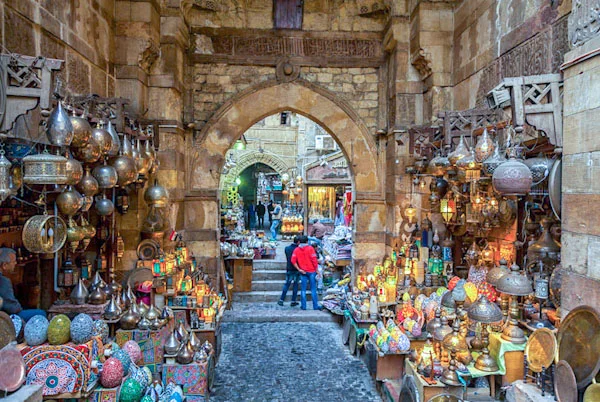
A CULINARY ADVENTURE IN EVERY BITE
Food in Cairo is the perfect representation of the city’s personality; complex, multicultural,and satisfying. Egyptian food is in the mix a little bit Middle Eastern, a little bit Mediterranean, with some African that somehow manages to create something amazing and wonderfully comforting.
Some local must-tries include:
Koshari: Known as Egypt’s national dish, these are casserole-like dishes consisting of rice, lentils, pasta, fried onions and tomato sauce. It’s humble street food — but it packs a lot of flavor.
Ful medames: Mashed fava beans prepared with oil, lemon and spices. A breakfast staple.
Ta’ameya: Egypt’s answer to falafel, this is a fava bean-based fried snack.
Shawarma: Marinated meat cooking on a spit, served in pita bread with tahini, veggies and various sauces.
Molokhia: Green, garlicky jute leaves, made into a stew and served along with rice (and often chicken or rabbit).
And, of course, Cairo has no shortage of sweet temptations: basbousa, baklava and kunafa. Wash everything down with potent Egyptian tea, or a small but mighty cup of Arabic coffee.
GETTING AROUND THE CHAOS: TRANSPORTATION IN CAIRO
Traffic in Cairo is chaotic, to say the least. But it works — for those who get it.
Metro: The Cairo Metro is one of the most established in Africa and the Arab world. It is cheap and quick, and links important destinations. Trains may be packed, but it’s a good choice for tourists. For those who want them, there are women-only cars.
Buses and Microbuses: Used by locals all the time, but hard to figure out if you’re visiting the city for the first time. Schedules are not dependable and routes can be confusing.
Taxis: White taxis are common. Whom do I call and how much does it cost? Though many have meters, it’s often best to agree on a fare before setting off.
Ride sharing apps: Uber and Careem are both available and frequently used in Cairo. They’re also safer and more comfortable for foreigners.
Walking: Sidewalks are inconsistent and traffic laws tend to go ignored. Pay attention when crossing the street, in particular.
IS CAIRO SAFE?
For a giant city, Cairo is actually quite safe, at least in the tourist squares. Violence is rare and most visitors have no problems. Having said that, there are petty thieves, scams and overcharging.
Here are some safety tips:
Beware of friendly strangers who try to give you a tour or “help.”
Shield your valuables — especially in crowded markets or on public transportation.
Cover up, particularly in religious spots.
Don’t drink tap water — bottled water is inexpensive and can be found everywhere.
Risk of traffic greater than risk of crime. Always look both ways—twice.
Egyptians in general are warm, hospitable and enthusiastic about sharing their culture with visitors. It’s amazing how far a little awareness and respect can go.
WHAT TO SEE: CAIRO’S UNMISSABLE ATTRACTIONS
Cairo is a city of miracles, both old and new. Here are just a few highlights you won’t want to miss:
The Papeete Waterfront – Get lost in the hustle and bustle of this waterfront market. These pyramids were constructed more than 4,500 years ago and are a short drive from the heart of the city.
The Egyptian Museum – Contains one of the world’s most extensive collections of ancient artefacts, also hosts treasures that were found in King Tutankhamen ’s tomb.
Khan El Khalili Bazaar – A labyrinth shopping street selling spices, perfumes, textile, jewelry and souvenirs. Good for losing yourself in time.
Saladin Citadel – A mediaeval Islamic fort with panoramic views and beautiful Mosque of Muhammad Ali.
Old Cairo (Coptic Cairo) – Visit early Christian churches such as the Hanging Church, Ben Ezra Synagogue and the Coptic Museum.
Al-Azhar Mosque – Heart of over a 1,000 years of Islamic learning and architecture.
Nile River Cruises – Hop on a felucca (traditional boat) at sunset for some calm away from the din of the city.
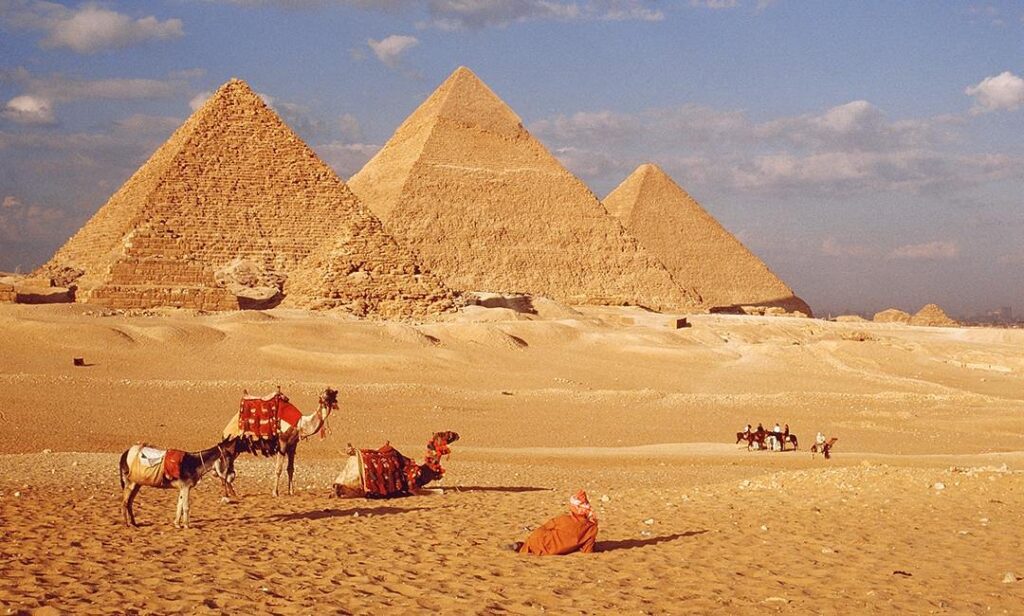
OTHER ASPECTS WORTH KNOWING
Friday is the primary day off. A number of shops close in the morning for prayers, and open again later.
Bargaining is expected in markets. Don’t just take the first price — bargaining is half the fun.
Women travelers are accepted, but can draw unwanted attention. The ability of restricting your dress see down avoids unnecessary stares.
Calls to prayer from the mosque are heard all over town, and contribute to the climate of daily life.
Cairo doesn’t work to be perfect — it just is. It’s loud, chaotic, beautiful, intense and deeply alive. A few minutes you’re strolling a market heaving with incense and laughter, the next you’re staring at the oldest structure ever set in stone.
A city that tests and rewards you. It cultivates patience and it titillates curiosity. It may take a minute to get into the rhythm of the city — but when you do, you’ll discover a city unlike any other.
For those looking not only to see but to experience a place — Cairo delivers.
